For a very long time, illness has been a source of both interest and horror. But with each groundbreaking medical advancement, we have made a significant advancement in our understanding of the intricate riddles of disease and medicine that have helped save millions of lives.
Here’s a list of Irish and British scientists who have made a significant contribution to global medical breakthroughs.
Francis Rynd (1811-1861)
The first hypodermic syringe and the first injection to treat pain were both made by Francis Rynd, a doctor at Meath Hospital, in 1844. The field of medicine has been greatly impacted by this breakthrough. The two parts of Rynd’s predecessor to modern syringes were a cannula used to deliver the drugs and a trocar used to pierce the skin. Rynd’s designs later included plungers; initially, gravity was the only force of injection.

Arthur Leared (1822-1879)
An Irish doctor from Wexford invented the standard binaural (two earpiece) stethoscope in 1851. He later discovered the significance of pancreatic fluids in the breakdown of lipids. He contributed to academic journals, mainly on subjects related to gastric disorders and heart sounds.
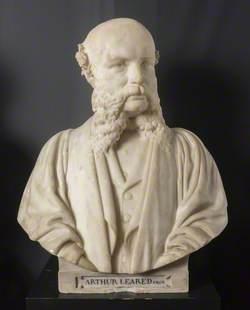
John Joly (1857-1933)
An Irish geologist and physicist estimated the Earth’s age to be 100,000,000 years shortly after 1898. In 1914, he also created a method for gathering radium, and he was the first to use it to cure cancer. He created the “Dublin method,” which uses a hollow needle for deep radiotherapy, to treat cancer with radium. This technique is now widely utilized.
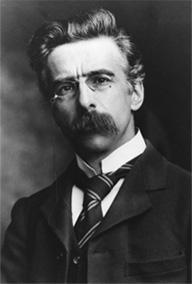
Robert Collis (1900-1975)
A doctor from Dublin invented the nasal feeding method for premature infants as an alternative to spoon feeding. He also created an inexpensive, straightforward incubator for premature babies.
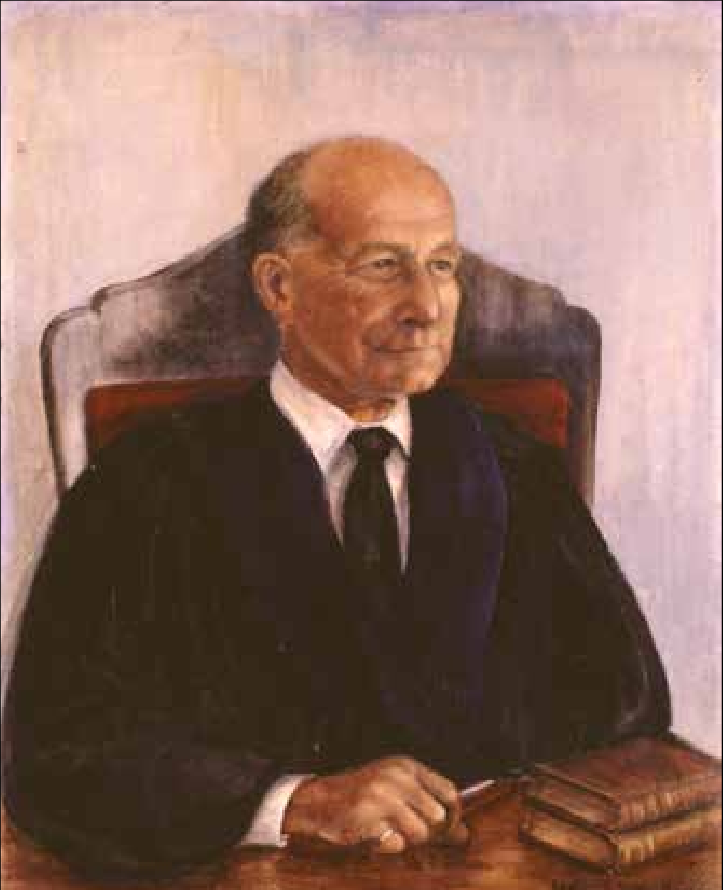
Vincent Barry (1908-1975)
An Irish researcher and scientist led a medical research team that discovered a compound (B663) that ultimately led to a treatment for leprosy. Nowadays, Clofazimine, which is the cure for leprosy, is part of the World Health Organization’s List of Essential Medicines. For this finding, they later went on to receive the 1980 UNESCO Science Prize.
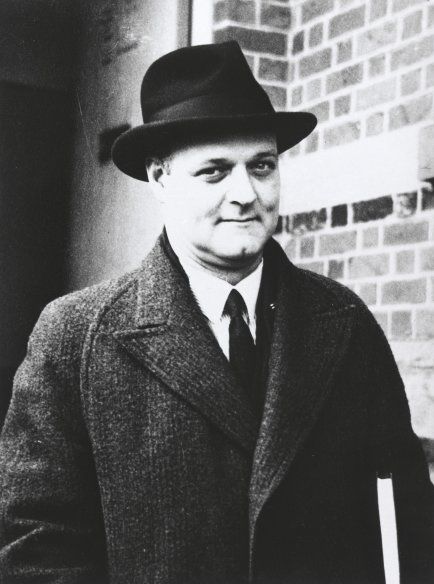
Frank Pantridge (1916-2004)
An Irish cardiologist, widely regarded as the father of emergency care, invented the portable defibrillator, a device that has helped save millions of lives over the past 50 years. He established a specialized cardiology center with Dr. John Geddes, where he developed the modern CPR technique for the fast treatment of cardiac arrest. Pantridge thought that the creation of the mobile coronary care unit could enhance the ability of ambulances to provide pre-hospital care.

William Campbell (1930-2016)
A parasitologist of Irish descent, he is renowned for his role in the invention of the anthelmintic drugs avermectin and ivermectin, which were crucial in the management of specific parasitic illnesses in humans and other animals. He received the 2015 Nobel Prize in Physiology or Medicine for collaboration.
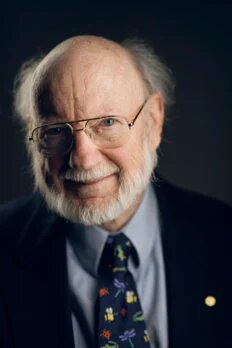
Edward Jenner (1749-1823)
Edward Jenner, a British physician and scientist who contributed to the development of vaccination theory, created the smallpox vaccine. He became known as the first vaccine researcher in the Western world after immunizing a 13-year-old child with the vaccinia virus (cowpox), which demonstrated immunity to smallpox. The phrases “vaccine” and “vaccination” are derived from Variolae vaccinae, the name Jenner gave to the cowpox virus.
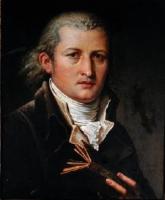
James Blundell (1790-1878)
James Blundell was a British obstetrician who performed the first successful human-to-human blood transfusion ever recorded in 1818, using the patient’s husband as the donor. Blundell drew blood from his arm and used a syringe to give his wife the blood. Karl Landsteiner, an Austrian physician, did not identify the human blood types until 1901, making the procedure reliable and safe. As a result, transfusions would be safer and patient survival following surgery would greatly increase. After some further advancements in the 1920s and 1930s, the technique was enhanced during the Second World War.
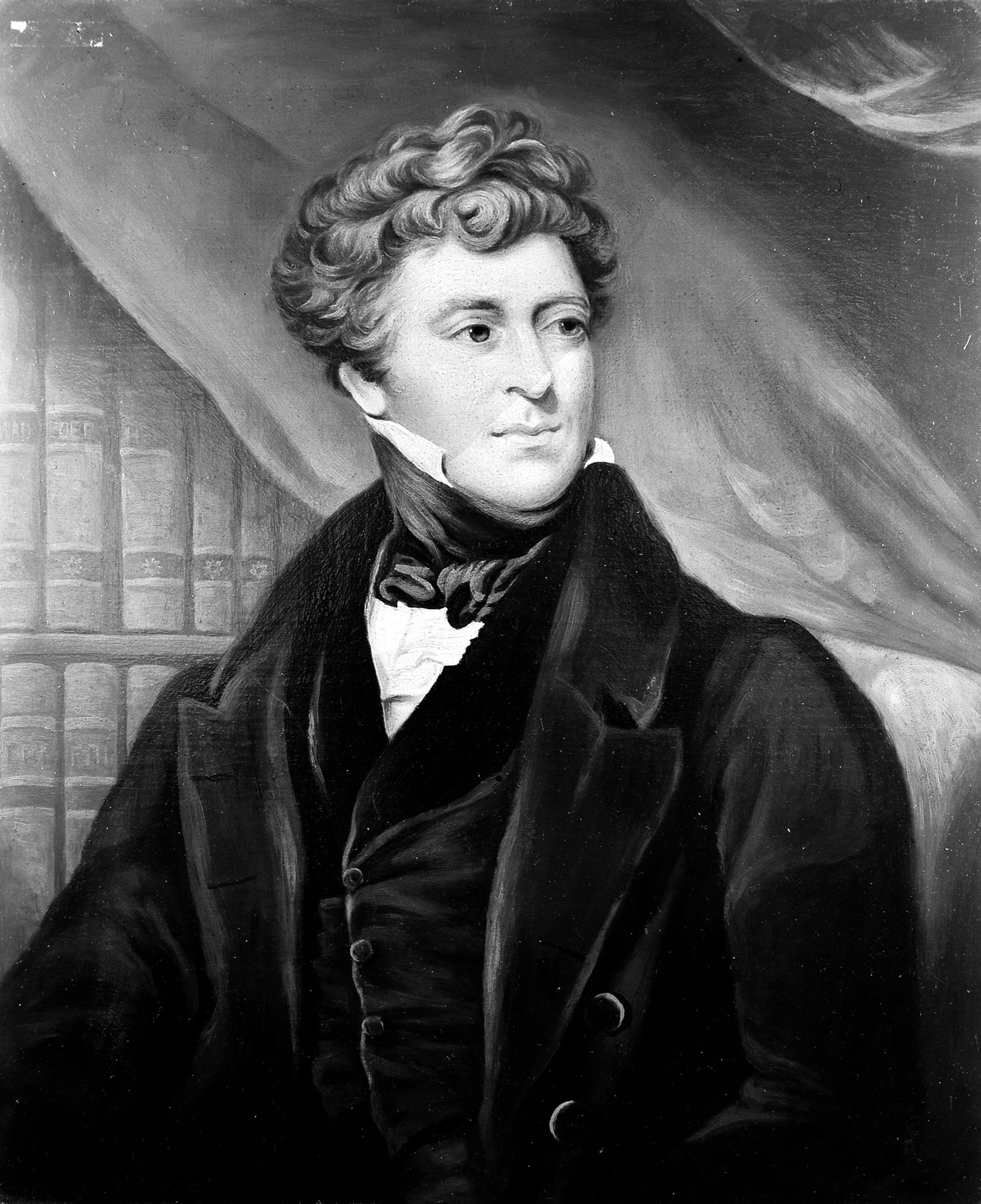
John Snow (1813-1858)
He was a British doctor who served as the father of epidemiology and a pioneer in the development of anesthesia. His name is largely associated with the discovery of the cause of the notorious 1854 London Soho cholera epidemic, which killed more than 600 lives. He was able to gather proof that all of the cholera cases in one especially severe outbreak could be traced to a particular water pump close to Bond Street in London, establishing the local water supply as the disease’s primary source.
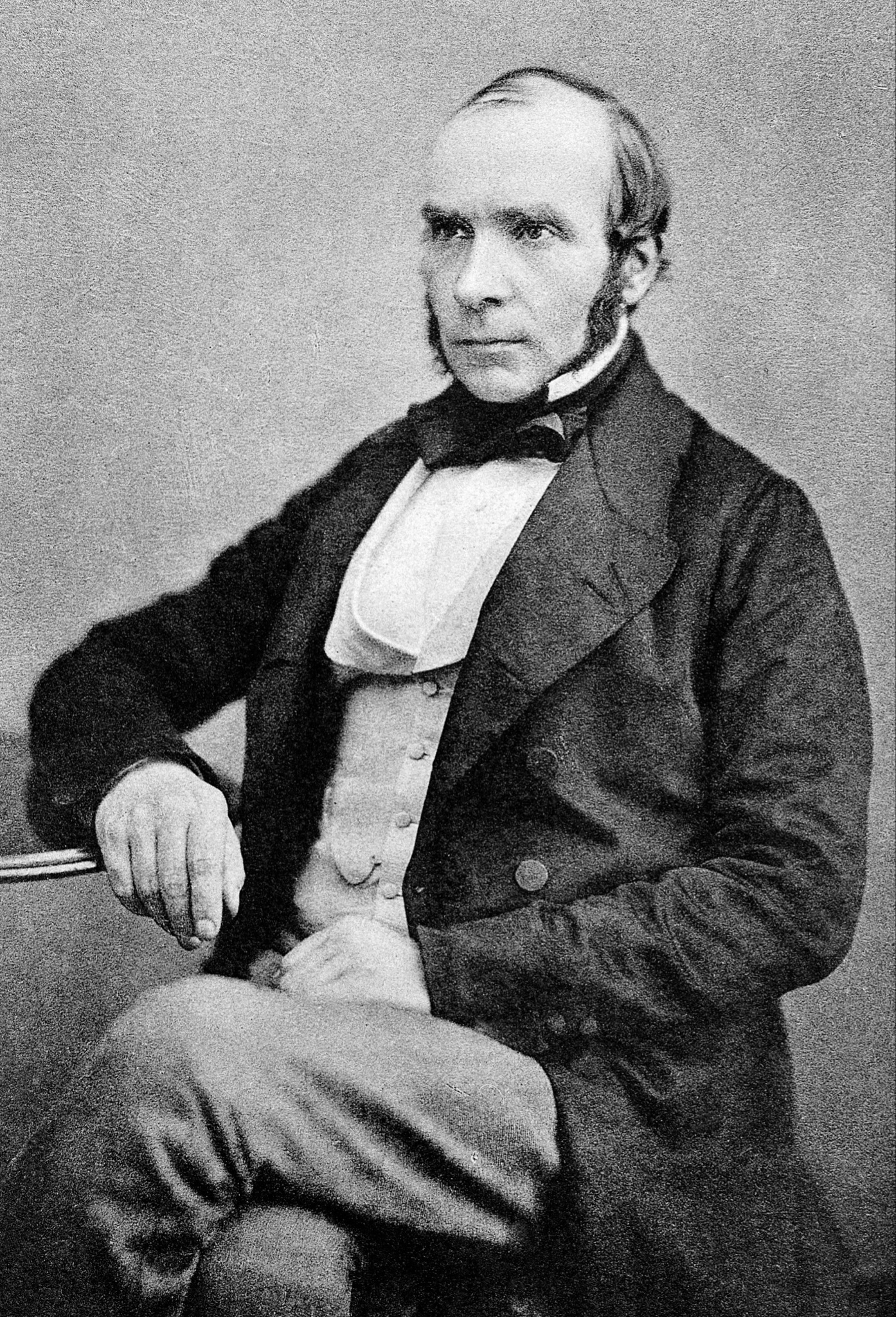
Alexander Fleming (1881-1955)
Alexander Fleming, a Scottish physician and scientist, made the discovery of penicillin. The simple discovery and use of the antibiotic agent, which earned Fleming, Howard Florey, and Ernst Chain—who created methods for the mass isolation and production of penicillin—the 1945 Nobel Prize in Physiology or Medicine, saved millions of lives.
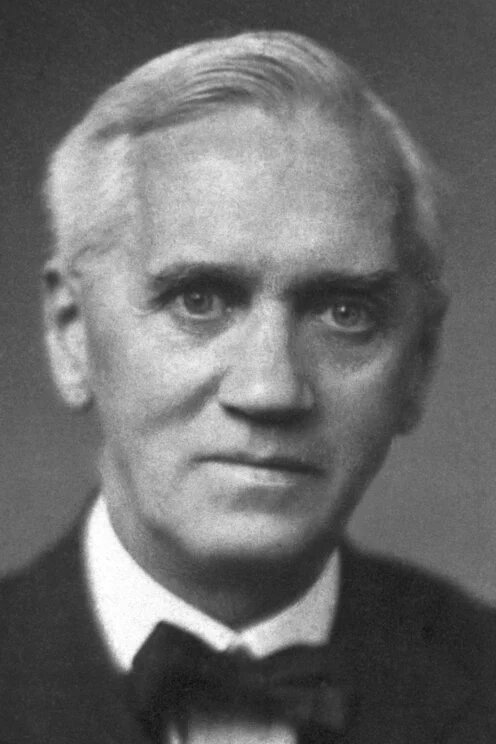
Harold Ridley (1906-2001)
He was a British ophthalmologist who is credited with inventing the intraocular lens procedure for cataract patients. He also designed the intraocular lens. When treating eye injuries on RAF pilots, Ridley discovered that acrylic shards did not cause infection in the same way that glass fragments did. This served as the impetus for the development of the IOL, which is widely recognized as having transformed the profession of ophthalmology. The implantation of an IOL during cataract surgery is today regarded as one of the safest procedures in the world.
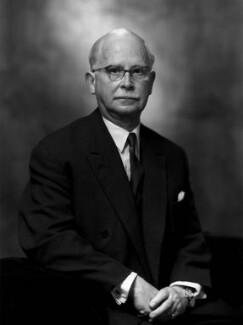
For more details, visit latest medical advancements.
Munia Jamal is a freelance content writer and translator with 5 years of experience, working with different clients and agencies. She believes that content is nothing but showing your creativity through words. She can be contacted at muniaj99@gmail.com.
